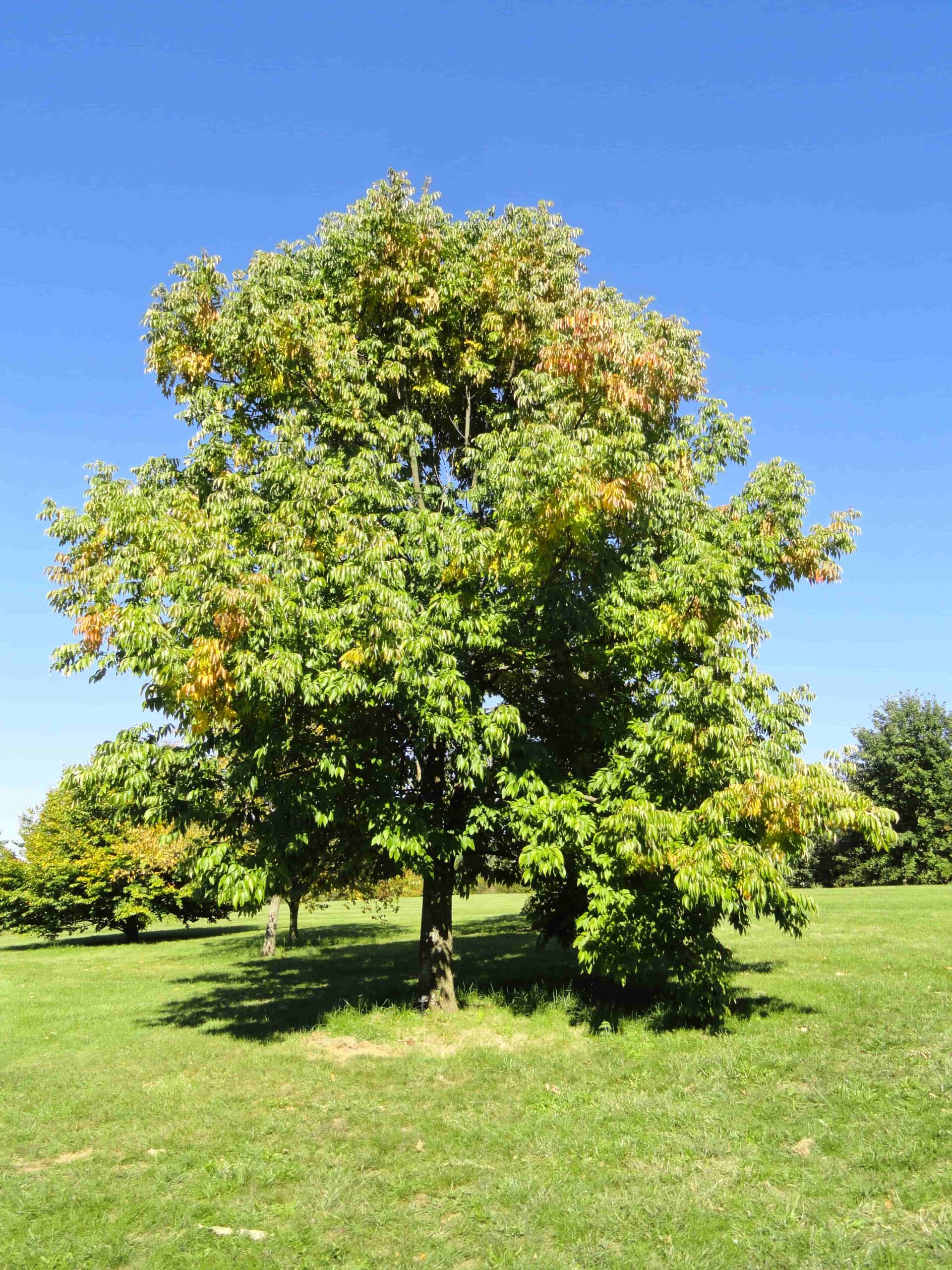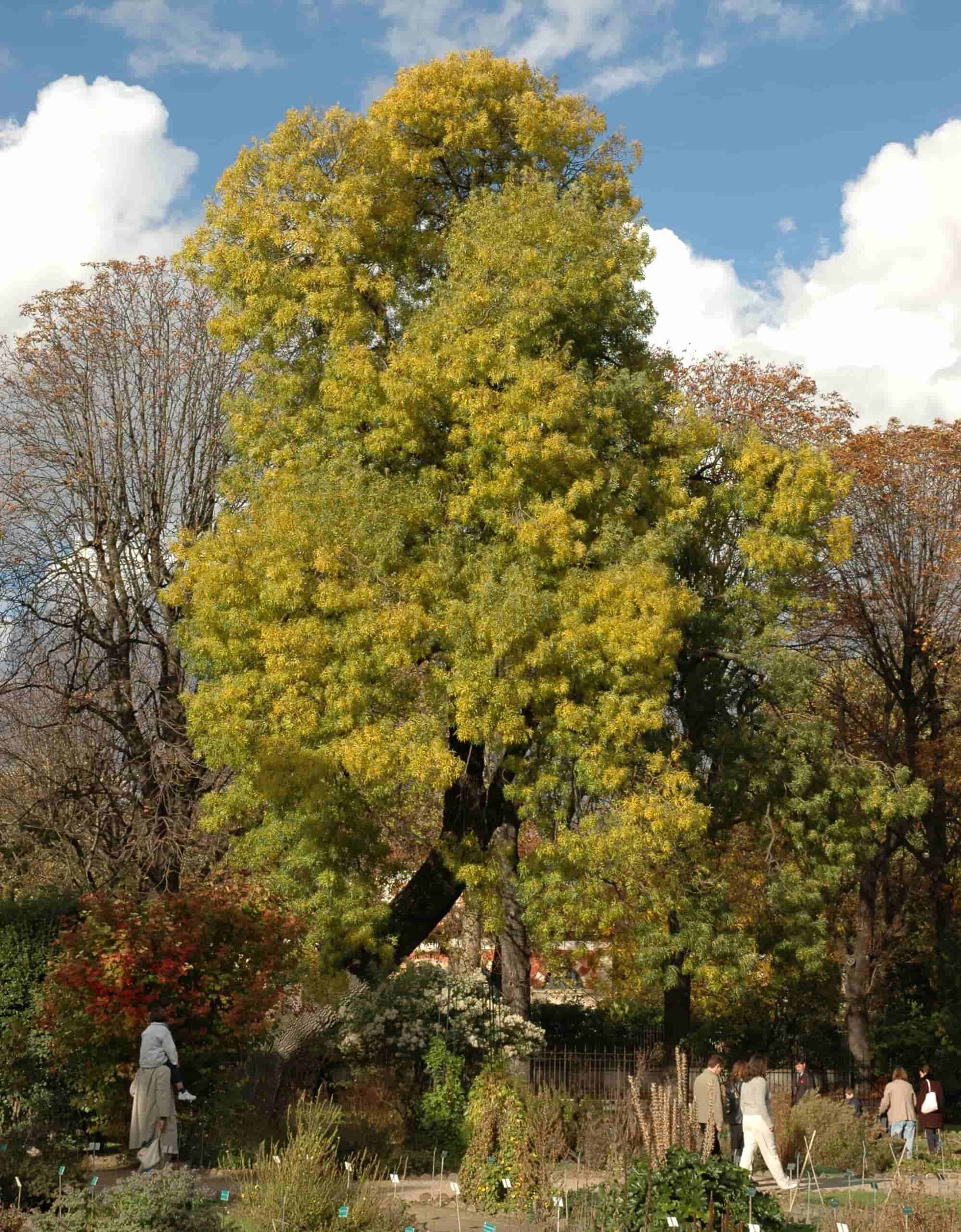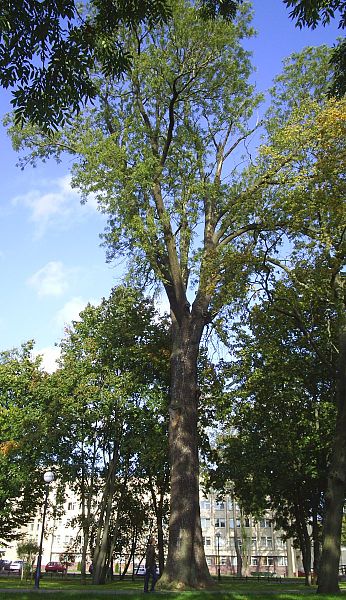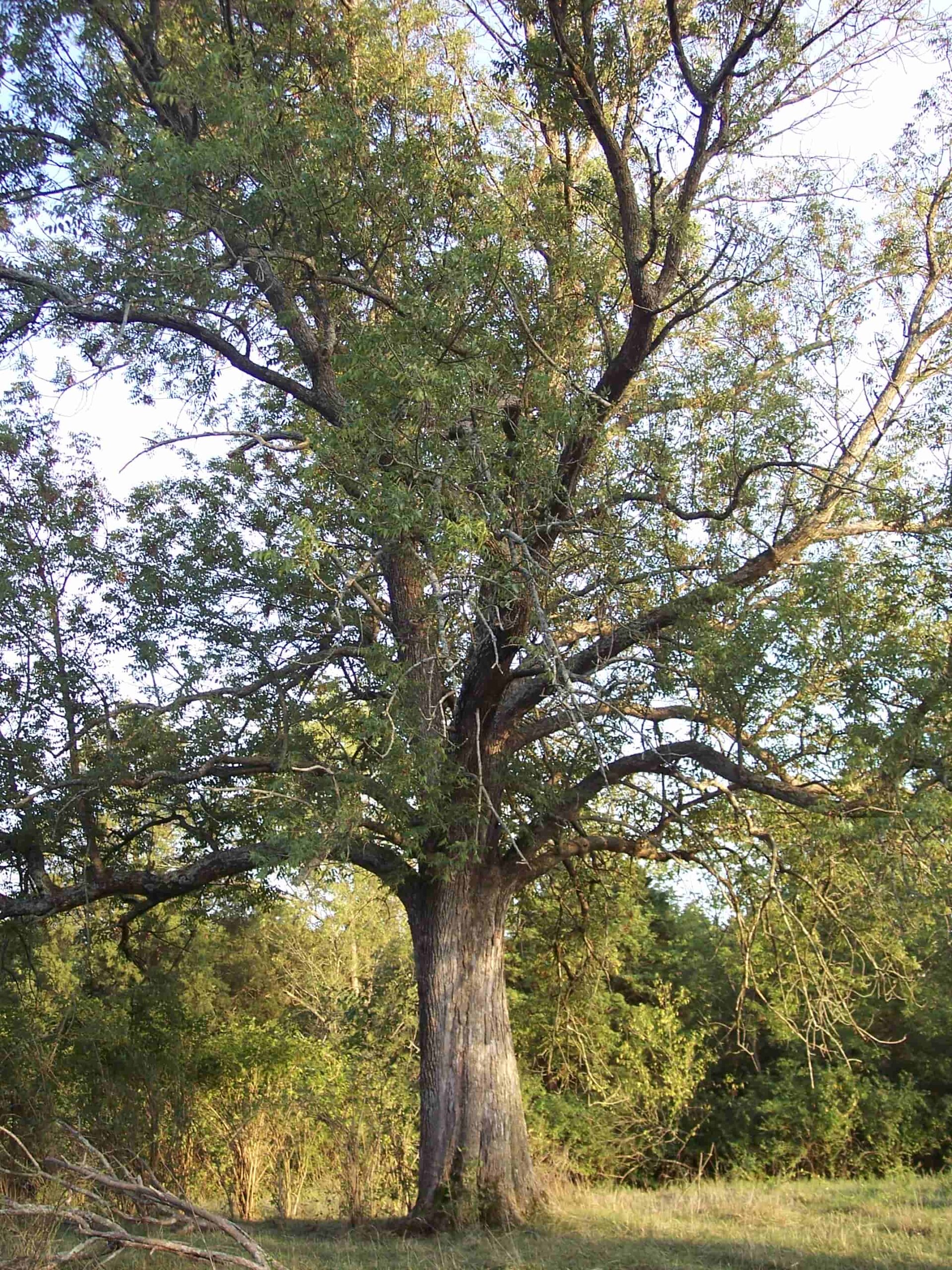The majestic ash tree, or Fraxinus as it is named scientifically, has great cultural, historical, and ecological value. This tree has earned its status as a cherished species in many parts of the world thanks to its graceful look, robust construction, and wide range of uses. We shall examine the fascinating traits, ecological value, and cultural significance of the ash tree in this post.
1. Introduction: The Beauty of Ash Trees

Ash trees are renowned for their majestic presence and striking appearance. They are deciduous trees, shedding their leaves during the fall season. These tree’s crown forms a broad and rounded shape, providing ample shade beneath its branches. Its bark ranges from gray to brown, with distinctive diamond-shaped ridges that add to its aesthetic appeal.
2. Taxonomy and Classification
The ash tree belongs to the Oleaceae family, which includes about 45 different species. The genus Fraxinus encompasses most of these species. These trees are native to various regions of Europe, North America, and parts of Asia. Each species within the Fraxinus genus possesses unique characteristics, allowing for adaptability to different environments.
3. Physical Features and Growth Habits
Ash trees are known for their impressive height, often reaching 50 to 80 feet tall. Some species can even surpass 100 feet in optimal conditions. The leaves of these trees are compound, composed of several leaflets arranged in an opposite pattern along the stem. During the spring and summer, the foliage displays vibrant green hues, turning into a stunning display of yellow or purple during the fall.
4. Ecological Importance of Ash Trees

4.1 Role in Forest Ecosystems
Ash trees play a vital role in forest ecosystems. They contribute to the overall health and diversity of the forest by providing shelter and habitat for numerous species. The canopy of these trees offers shade and protection to understory plants, allowing them to thrive in the forest understory. Additionally, the fallen leaves of these trees provide nutrients to the soil, enriching its fertility.
4.2 Wildlife Habitat
Ash trees attract a wide array of wildlife due to their abundant foliage and the presence of insects on their leaves. Birds, such as woodpeckers and owls, often nest in the cavities of these trees. Squirrels and other small mammals also find refuge in the branches and hollowed trunks of these majestic trees.
4.3 Soil Stabilization
The extensive root systems of ash trees help prevent soil erosion by firmly anchoring the tree to the ground. Their roots penetrate deeply into the soil, creating stability and preventing landslides in hilly or sloping areas.
5. Ash Tree Varieties
5.1 White Ash (Fraxinus americana)
Eastern and central North America are the natural home of the white ash tree. It is highly prized for its sturdy and hardy wood, which is frequently used to make cabinets, flooring, and furniture. The bright purplish-red foliage of the white ash makes it a popular choice for ornaments in the fall.
5.2 Green Ash (Fraxinus pennsylvanica)
Green ash trees are native to North America and are often found in wetland areas. They are known for their ability to tolerate various soil conditions, including both wet and dry environments. Green ash wood is used in construction, tool handles, and sports equipment.
5.3 Black Ash (Fraxinus nigra)
Black ash trees are primarily found in the northeastern United States and eastern Canada. They are commonly associated with wetland habitats, including swamps and marshes. The flexible wood of black ash is utilized for crafting baskets, mats, and other woven goods.
6. Historical and Cultural Significance

6.1 Mythology and Folklore
Throughout history, these trees have held symbolic and mythological importance in different cultures. In Norse mythology, the ash tree, known as Yggdrasil, was considered the “World Tree” that connected the nine realms. In Celtic folklore, these trees were believed to possess protective qualities and were associated with healing and wisdom.
6.2 Practical Applications
Ash wood has been used for various practical purposes throughout human history. Its strength, durability, and shock resistance make it ideal for manufacturing tools, sports equipment, and even musical instruments like guitars and drums. Additionally, these trees have been traditionally used in herbal medicine to treat various ailments.
7. Threats and Conservation Efforts
In recent years, ash trees have faced significant threats from invasive species, such as the emerald ash borer beetle. This destructive insect has caused extensive damage to ash populations in North America. Efforts are underway to control the spread of this beetle and conserve these trees through tree quarantine, biological control measures, and public awareness campaigns.
8. Conclusion
The ash tree, with its striking beauty, ecological significance, and cultural importance, continues to inspire awe and admiration. Its adaptability, resilience, and diverse applications make it a valuable asset in both natural and cultural landscapes. By understanding and appreciating the unique qualities of this tree, we can work together to ensure its preservation for future generations.
9. FAQs
How tall can an ash tree grow?
Ash trees can reach heights of 50 to 80 feet on average, but certain species have been known to surpass 100 feet under optimal conditions.
Are ash trees susceptible to any diseases?
Yes, ash trees are susceptible to diseases such as ash dieback, caused by the fungus Hymenoscyphus fraxineus, and the emerald ash borer beetle, which infests and kills these trees.
Can ash wood be used for furniture?
Absolutely! Ash wood is highly valued in the furniture industry for its strength and durability. It is commonly used to craft items like tables, chairs, and cabinets.
Are there any alternative uses for ash trees?
Yes, aside from its applications in furniture and woodworking, ash wood is also used in the production of flooring, tool handles, sports equipment, and even musical instruments like guitars and drums.
How long does it take for an ash tree to reach maturity?
The time it takes for an ash tree to reach maturity can vary depending on various factors such as species, growing conditions, and environmental factors. Generally, it can take around 20 to 30 years for an ash tree to reach maturity and start producing viable seeds.

